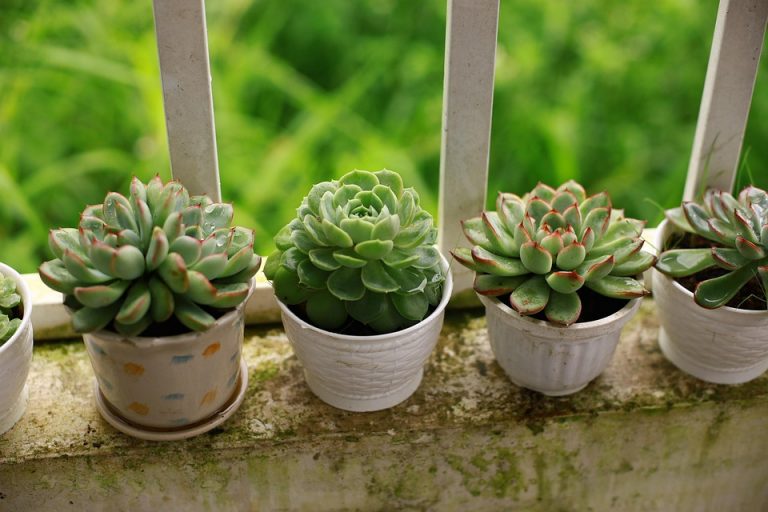Eco-friendly cleaning tips are simple, effective changes you can make so your home sparkles without poisoning the air you breathe or the waterways outside your door. These are practical swaps and tiny rituals that cut waste, save time, and protect your family’s health. If you want a cleaner house and a cleaner conscience, this guide hands you honest, no-nonsense ways to do it.
Contents
- Eco-Friendly Cleaning Tips For Busy Homes
- 1. Declutter First — Clean Less, Live Better
- 2. Master Two Natural Staples: Vinegar And Baking Soda
- 3. Invest In Microfiber And Reusable Tools
- 4. Choose Smart, Concentrated Products
- 5. Disinfect Thoughtfully — Use Science-Based Methods
- 6. Wash Smarter — Cold Water, Full Loads, Line Dry
- 7. Build A 10-Minute Daily Routine
- How To Buy With The Planet In Mind
- Real People, Real Results
- Bottom Line
- FAQ
Eco-Friendly Cleaning Tips For Busy Homes
Cleaning doesn’t have to be long, expensive, or full of harsh chemicals. With the right moves, you get more done in less time and with better results. I’ll show you seven straightforward strategies that are kind to the planet and kind to your schedule.
1. Declutter First — Clean Less, Live Better
Start by cutting the clutter. An uncluttered surface cleans in a minute, not an hour. That means fewer sprays, less laundry, and fewer shelves to wipe down.
Donate what you don’t use. A single box can free up hours of cleaning each month. For busy homes, this step pays back in energy and peace of mind.
When you reduce what you own, you also reduce the cleaning products you need. That’s one of the most powerful eco-friendly cleaning tips — less stuff requires less product, less water, and less time.
2. Master Two Natural Staples: Vinegar And Baking Soda
White vinegar and baking soda are kitchen champions. They’re cheap, non-toxic, and versatile. Use vinegar diluted with water for glass and surfaces; sprinkle baking soda to scrub away grime.
Combine them for stubborn stains, or keep them separate for daily maintenance. Household experts and university extension services outline safe, effective recipes that replace many commercial cleaners. Incorporating these staples is one of the clearest eco-friendly cleaning tips you can adopt today.
3. Invest In Microfiber And Reusable Tools
Microfiber cloths trap dirt with no chemicals. A few cloths and a bucket of water do more than a pile of disposable wipes ever will. Use different colored cloths for bathrooms, kitchens, and dusting to avoid cross-contamination.
Switch paper towels for washable kitchen towels and use a reusable mop instead of disposable pads. These swaps cut trash and save money. If you want efficiency and impact, this tip ranks high among the best eco-friendly cleaning tips.
4. Choose Smart, Concentrated Products
When you do buy, look for concentrated cleaners and refillable options. Concentrates reduce packaging and the fossil fuel used in shipping water. Read labels, and choose products with transparent ingredient lists.
You don’t need a dozen sprays. One good concentrate, diluted to the manufacturer’s instructions, replaces multiple single-use bottles. This is a pragmatic, time-saving entry in the list of useful eco-friendly cleaning tips.
5. Disinfect Thoughtfully — Use Science-Based Methods
Disinfection matters when someone is sick. Use EPA-registered disinfectants when called for, and follow contact-time instructions. For everyday maintenance, soap and water often do the job — they remove dirt and many germs without harsh chemicals.
Harvard and public health guidance explain which tasks need disinfecting and which do not, helping you avoid overuse of antimicrobial chemicals. Being selective about disinfecting is one of those practical eco-friendly cleaning tips that protects your family without harming the environment.
6. Wash Smarter — Cold Water, Full Loads, Line Dry
Laundry is a marathon in a busy home. Use cold water for most loads; modern detergents clean well at low temperatures and save huge amounts of energy. Run full loads unless you’re dealing with urgent stains.
Air-dry when you can. A drying rack or outdoor line uses zero electricity and extends the life of fabrics. These are easy wins and essential eco-friendly cleaning tips for anyone juggling work, kids, and errands.
7. Build A 10-Minute Daily Routine
A small, consistent routine beats epic weekend scrubbing. Ten minutes a day keeps chaos away. Focus on high-impact zones: sink, counters, and entryway.
Set a timer and rotate tasks through the week. When cleaning is a habit, products and tools last longer and you waste less. Making this part of your week is one of the simplest eco-friendly cleaning tips to keep your home functioning smoothly.
Quick Routines For Maximum Payoff
- Wipe counters and the table after meals to stop stains and insects.
- Sweep or vacuum high-traffic zones every other day to prevent grit from scratching floors.
- Keep a small basket for laundry in bedrooms to avoid scattered piles.
These tiny moves ripple outward, saving time and reducing reliance on heavy-duty cleaners.
Natural Scents And Less Fragrance
Fragrance can hide from the nose what it does to your lungs. Many scented products contain volatile organic compounds linked to irritation. Instead, scent a room with citrus peels or a few drops of pure essential oil on a diffuser—use them sparingly.
Reducing artificial fragrances is a thoughtful addition to your list of eco-friendly cleaning tips that respects sensitive noses and respiratory health.
Keep Kids And Pets Safe
Store cleaning products out of reach and choose non-toxic options when possible. For floor cleaning, select products rated safer by trusted environmental guides, or use the vinegar-and-water mix on hard floors.
Being mindful of product placement and ingredients is a practical, loving move that belongs on every home’s list of eco-friendly cleaning tips.
How To Buy With The Planet In Mind
When shopping, pick products with minimal packaging or refill stations. Buy from local businesses when possible to reduce transport emissions. Look for third-party certifications that verify environmental claims instead of relying on marketing buzzwords.
Smart purchasing is a vital chapter in the story of eco-friendly cleaning tips. Your wallet and the planet both notice the difference.
Real People, Real Results
I’ve taught this to friends who juggle jobs and kids. One working parent cut cleaning time by half with a declutter sprint and a microfiber set. Another switched to concentrates and saved money, while reducing trash by weeks’ worth of plastic.
Small, repeated choices create big results. That’s the promise and the payoff of solid eco-friendly cleaning tips.
Bottom Line
The cleanest homes feel steady and calm. Choose fewer, better products. Use natural staples, reusable tools, and short daily routines. When you make thoughtful swaps, you protect your family and the planet without adding chores to your day.
These seven eco-friendly cleaning tips are not trends. They are practical habits that save time, money, and worry. Start with one today. Your home—and your future—will thank you.
Be kind to yourself as you shift habits. Small steps hold steady power.
FAQ
Are natural cleaners as effective as store-bought ones?
Yes, for most everyday tasks, natural cleaners like vinegar, baking soda, and soap are effective. For disinfection after illness or when you need germs killed quickly, use EPA-registered disinfectants and follow the label for contact time.
Can I use vinegar on every surface?
No—avoid vinegar on natural stone like marble and granite because it can etch the surface. For most other hard surfaces, diluted vinegar is a safe, effective cleaner when used properly.
How often should I disinfect high-touch areas?
Disinfect high-touch surfaces like doorknobs, light switches, and remote controls during illness episodes or if someone in your household is at higher risk. For normal days, regular wiping with soap and water is usually enough.
What’s the best way to reduce plastic waste from cleaning?
Buy concentrates, choose refill stations, use refill pouches, and opt for reusable tools. Support brands that use recycled packaging or offer bulk options to cut down single-use plastics.
Below are reputable sources that informed this article.
References
Environmental Protection Agency provides guidance on safe cleaning and disinfecting practices (http://www.epa.gov).
Harvard T.H. Chan School of Public Health discusses household chemical exposure and health impacts (http://www.hsph.harvard.edu).
Centers for Disease Control and Prevention explains effective cleaning and disinfection in households (http://www.cdc.gov).
National Library of Medicine hosts research on cleaning product emissions and respiratory health (http://www.ncbi.nlm.nih.gov).
University extension resources offer practical, science-backed cleaning recipes and tips (http://extension.org).








